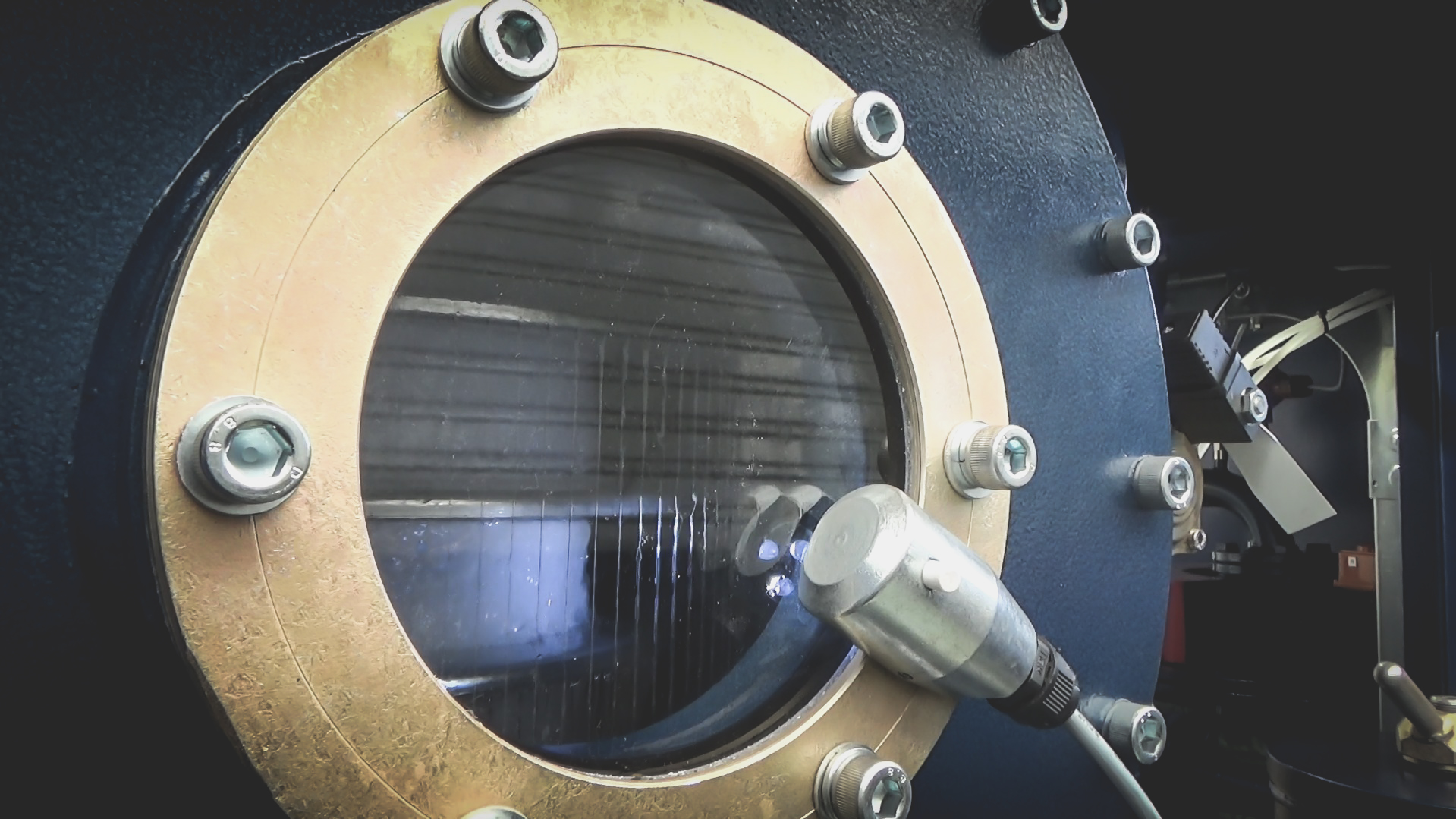Dielectric strength is an indicator used to assess insulation properties of transformer oil. It is very often equated with breakdown voltage, but their numerical values are not equal.
Breakdown voltage is a minimum voltage applied to an insulation, resulting in its breaking down and becoming electrically conductive. At the same time dielectric strength is a maximum electric field that the insulation can withstand in ideal conditions without breaking down.
There is a direct connection between breakdown voltage and presence of impurities. If humidity level in dielectric fluid is changing and mechanical impurities occur, it immediately begins to experience a decrease in electrical resistance.
Clean transformer oil generally contains no water and other impurities, which allows it to have sufficient breakdown voltage (over 60 kV). This parameter is determined by using flat copper electrodes with rounded edges, 2.5 mm apart.
The breakdown process is also greatly influenced by dissolved gases. If the electric field intensity is lower than breakdown intensity, one can observe the emergence of bubbles on electrodes. If transformer oil is not degassed, and there is a decrease in pressure, its dielectric strength falls.
Dielectric strength is not a constant value for materials. With dynamic stress the presence of impurities has almost no effect on dielectric strength of transformer oil. A theory is adopted that the mechanism of breakdown at dynamic (pulse) stress and at prolonged exposure has different nature. At a pulse stress dielectric strength is much higher than at long exposure of voltage with frequency of 50 Hz. Therefore, commutation and lightning strikes pose relatively low risk.
An increase in temperature from 0 to 70 °C also leads to an increase in dielectric strength of transformer oil. This phenomenon is explained by removal of moisture from dielectric liquids, its transition from dissolved state to emulsion and reduction of oil viscosity.
There are three cases in which dielectric strength increases:
- Dielectric fluid is thoroughly degassed.
- Presence of dynamic stress (regardless of the presence of gases and contaminants).
- High pressure (about 10 MPa).
It is proved that breakdown voltage of transformer oil is not determined by the overall water content, but its concentration in the emulsion state.
Emulsified water appears by stirring oil with water adsorbed on the surface of a container thus lowering temperature and lowering humidity
Performing a replacement of glass for polyethylene in a container, will reduce the amount of emulsified water, desorbed from the surface during oil stirring. It increases dielectric strength. Careful draining of dielectric fluid from a glass vessel without mixing allows obtaining oil with high dielectric strength.
The presence of polar, low-boiling and high-boiling substances has almost no effect on electric conductivity and dielectric strength of insulating liquid. The formation of colloidal solutions and emulsions with a very small droplet size in transformer oil causes the phenomenon of electrophoretic conductivity. If such solutions have a low boiling point, the dielectric strength is reduced, if a boiling point is high – it is practically unchanged.
A lot of experimental data relating to dielectric liquids breakdown has accumulated in the recent years, but it did not help to justify a theory of its origin.
Today the greatest popularity gained three groups of theories:
- thermal theory: which explains the phenomenon of gas passages occurring as a result of boiling of homogeneous dielectric (gas bubbles, etc)
- gas theory: according to which the presence of gas bubbles on the electrodes or dissolved in oil leads to breakdown;
- chemical theory: explaining breakdowns as a result of chemical reactions taking place in the dielectric under the influence of an electrical discharge in gas bubbles.
It is easy to see that all three theories recognize that breakdown of oil takes place in a steam channels formed by evaporation of dielectric liquid itself.
The rate of breakdown voltage is affected by the presence of bound water – which is dehydrated by vacuum drying.
There are three ways/stages of vacuum drying of transformer oil:
- sharp increase in breakdown voltage corresponding with the removal of emulsified water;
- breakdown voltage changes only slightly and stops at the level of 60 kV. At this stage, the removal of dissolved and bound water is performed;
- slow increase in breakdown voltage due to the removal of bound water.

